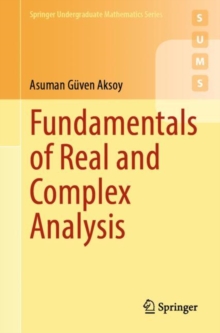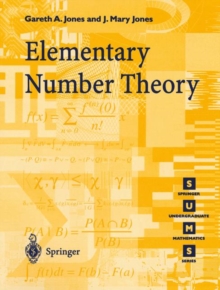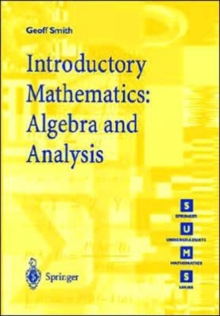
Codes: An Introduction to Information Communication and Cryptography PDF
by Norman L. Biggs
Part of the Springer Undergraduate Mathematics Series series
Description
Many people do not realise that mathematics provides the foundation for the devices we use to handle information in the modern world.
Most of those who do know probably think that the parts of mathematics involvedare quite 'cl- sical', such as Fourier analysis and di?erential equations.
In fact, a great deal of the mathematical background is part of what used to be called 'pure' ma- ematics, indicating that it was created in order to deal with problems that originated within mathematics itself.
It has taken many years for mathema- cians to come to terms with this situation, and some of them are still not entirely happy about it.
Thisbookisanintegratedintroductionto Coding.Bythis Imeanreplacing symbolic information, such as a sequence of bits or a message written in a naturallanguage,byanother messageusing (possibly) di?erentsymbols.There are three main reasons for doing this: Economy (data compression), Reliability (correction of errors), and Security (cryptography).
I have tried to cover each of these three areas in su?cient depth so that the reader can grasp the basic problems and go on to more advanced study.
The mathematical theory is introduced in a way that enables the basic problems to bestatedcarefully,butwithoutunnecessaryabstraction.Theprerequisites(sets andfunctions,matrices,?niteprobability)shouldbefamiliartoanyonewhohas taken a standard course in mathematical methods or discrete mathematics.
A course in elementary abstract algebra and/or number theory would be helpful, but the book contains the essential facts, and readers without this background should be able to understand what is going on. vi Thereareafewplaceswherereferenceismadetocomputeralgebrasystems.
Information
-
Download - Immediately Available
- Format:PDF
- Publisher:Springer London
- Publication Date:16/12/2008
- Category:
- ISBN:9781848002739
Information
-
Download - Immediately Available
- Format:PDF
- Publisher:Springer London
- Publication Date:16/12/2008
- Category:
- ISBN:9781848002739










